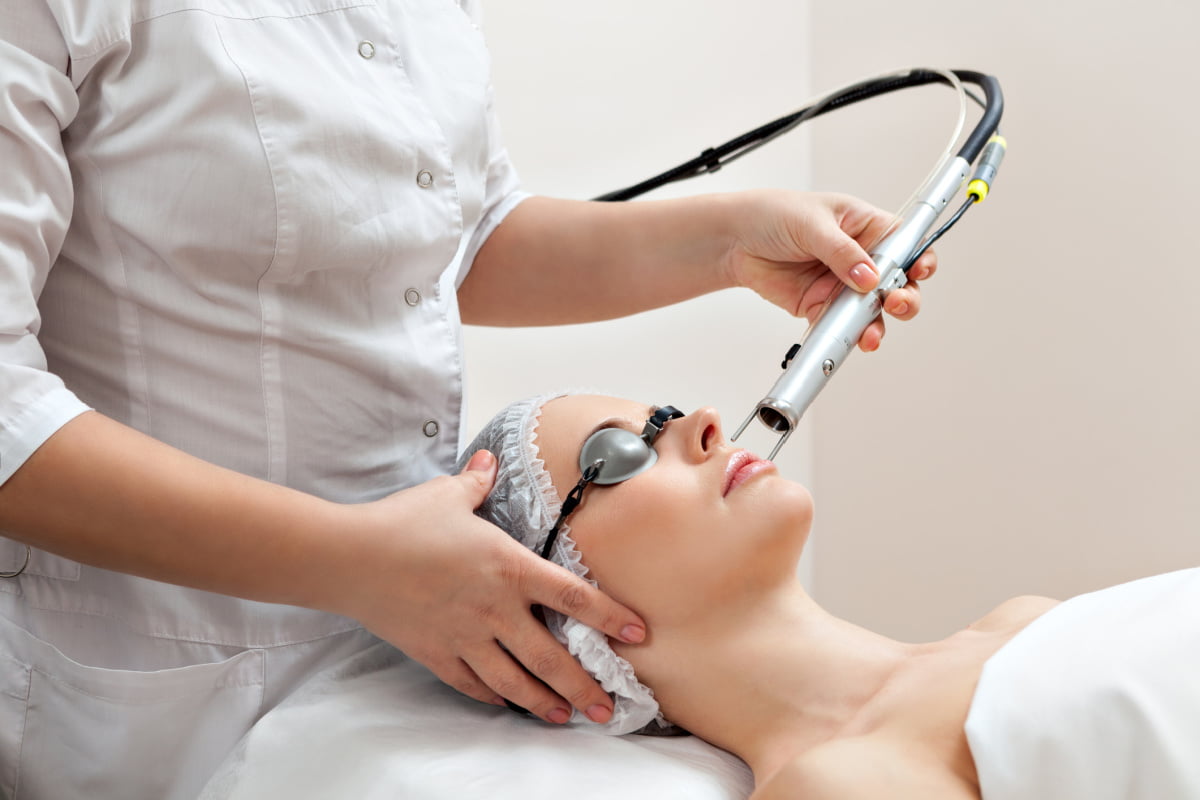In a world where first impressions matter, achieving vibrant, healthy skin is a priority for many. If you find yourself struggling with dull, uneven skin, laser resurfacing may be the transformative solution you need. This advanced cosmetic procedure utilizes laser technology to rejuvenate your complexion, revealing a dazzling, youthful glow. In this article, we’ll explore the intricacies of Laser Skin Resurfacing in Dubai, its various benefits, types of lasers used, and what to expect throughout the process.
Understanding Laser Resurfacing
What Is Laser Resurfacing?
Laser resurfacing is a cosmetic treatment designed to improve skin texture and tone by targeting damaged layers of skin. By employing focused laser light, this procedure effectively removes the outer layers of skin, encouraging the growth of fresh, healthy skin beneath. As a result, laser resurfacing not only enhances your appearance but also stimulates collagen production, crucial for maintaining skin elasticity and firmness.
Mechanism of Action
The treatment can be categorized into two primary types: ablative and non-ablative lasers. Each type addresses different skin concerns and operates in distinct ways.
Types of Laser Resurfacing
1. Ablative Lasers
Ablative lasers remove the outer layers of skin, making them suitable for addressing more severe skin issues.
- CO2 Laser: This powerful laser is highly effective for treating deep wrinkles, significant sun damage, and acne scars. By vaporizing damaged skin, the CO2 laser promotes new skin growth. Although the results are dramatic, patients can expect a longer recovery period.
- Erbium Laser: Known for its precision, the Erbium laser treats fine lines and superficial scars with less intensity than CO2 lasers. It typically allows for a shorter recovery time, making it a preferred option for those seeking quicker results.
2. Non-Ablative Lasers
Non-ablative lasers focus on stimulating the underlying skin without removing the outer layer.
- Nd
- Laser: This versatile laser penetrates deeper layers of the skin to promote collagen production, effectively treating vascular lesions and improving overall skin tone.
- Pulsed Dye Laser: Primarily used for treating redness and vascular conditions, this laser is ideal for individuals with issues like rosacea. It helps create a more even skin tone and reduces unwanted discoloration.
Benefits of Laser Resurfacing
1. Improved Skin Texture
Laser resurfacing is renowned for its ability to enhance skin texture. By removing dead and damaged skin cells, the treatment reveals smoother, healthier skin, resulting in a refreshed appearance.
2. Reduction of Fine Lines and Wrinkles
One of the most sought-after benefits of laser resurfacing is its effectiveness in diminishing fine lines and wrinkles. By stimulating collagen production, patients can enjoy a more youthful look, particularly in areas around the eyes and mouth.
3. Scar and Pigmentation Treatment
Whether dealing with acne scars or sun spots, laser resurfacing can significantly improve the appearance of skin imperfections. This treatment helps flatten and fade scars while addressing hyperpigmentation for a more even skin tone.
4. Minimal Downtime
Many non-ablative laser treatments require little to no downtime, making them an attractive option for busy individuals. This convenience allows for a seamless integration of treatments into daily life.
5. Long-Lasting Results
With proper aftercare and skincare, the results of laser resurfacing can last for several years. Continuous collagen production post-treatment contributes to sustained skin improvement.
What to Expect During the Treatment Process
Consultation
Before undergoing laser resurfacing, a thorough consultation with a qualified dermatologist is essential. During this session, your skin type, specific concerns, and treatment goals will be assessed, allowing for a tailored approach to your skincare needs.
Preparation
Preparation may involve avoiding sun exposure and certain medications in the weeks leading up to the treatment. Following your dermatologist's recommendations is vital for optimal results.
The Procedure
On the day of treatment, a topical anesthetic is often applied to minimize discomfort. The laser device will be moved over the targeted areas, with the duration of the procedure varying based on the size of the treatment area—typically lasting between 30 minutes to two hours.
Post-Treatment Care
Post-treatment, some redness and swelling are common, resembling a mild sunburn. Your dermatologist will provide detailed aftercare instructions, which may include:
- Keeping the treated area clean and moisturized
- Applying sunscreen to protect against UV exposure
- Avoiding harsh skincare products for a specified period
Who Is a Good Candidate?
Laser resurfacing is suitable for a wide range of individuals. Ideal candidates typically:
- Have specific skin concerns they wish to address
- Are generally healthy and free from active skin infections
- Are committed to adhering to pre- and post-treatment care instructions
Potential Risks and Considerations
While laser resurfacing is generally safe, potential risks include:
- Redness and swelling
- Temporary changes in skin pigmentation
- Rare cases of scarring
Discussing these risks during your consultation will help you make an informed decision about the procedure.
Conclusion: Transform Your Skin with Laser Resurfacing
Laser resurfacing offers a powerful solution for those seeking to transform dull, uneven skin into a dazzling, youthful complexion. With its ability to improve texture, reduce fine lines, and address pigmentation issues, this treatment can significantly enhance your overall appearance and boost your confidence. By choosing a qualified professional and following pre- and post-treatment guidelines, you can embark on a journey to radiant, healthy skin. Embrace the transformative power of laser resurfacing and reveal your skin's true potential.





Comments